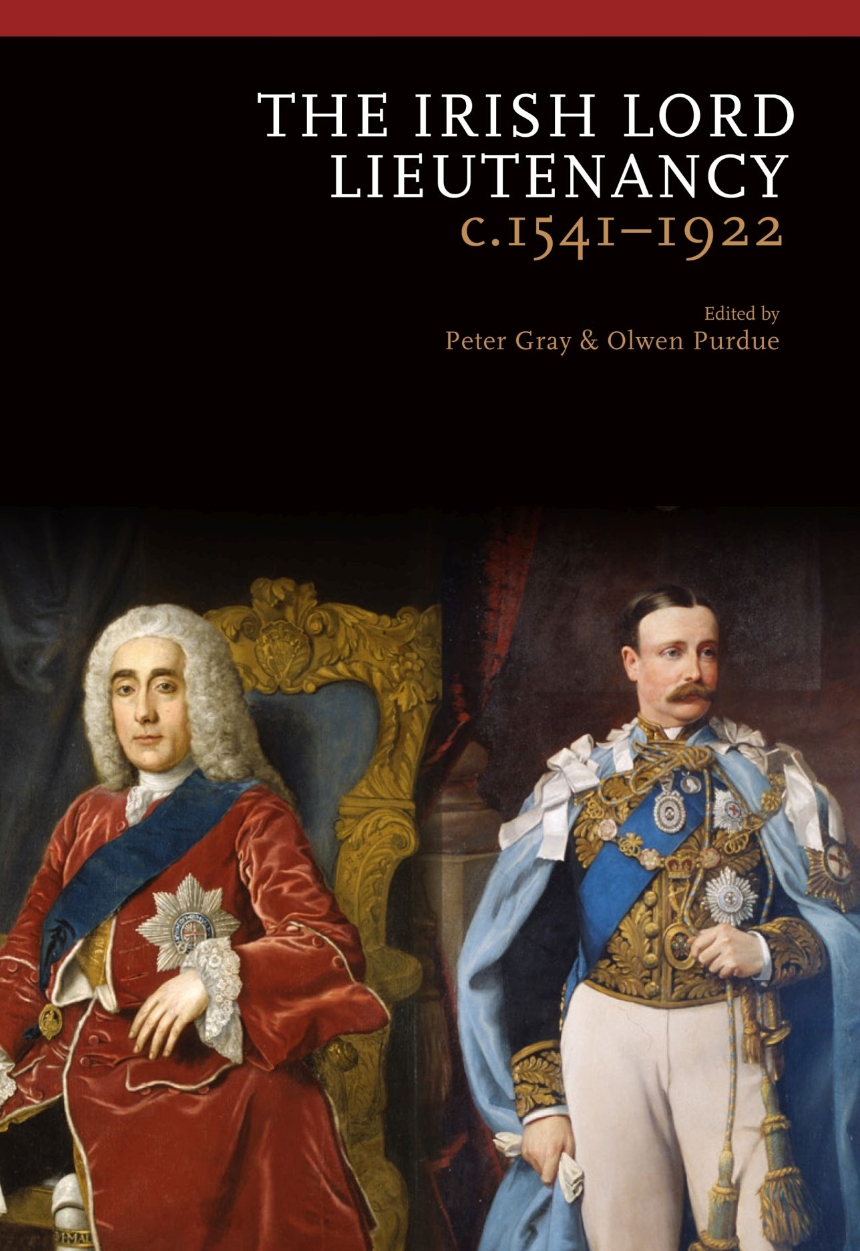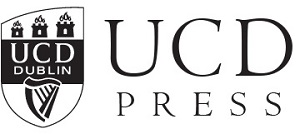Distributed for University College Dublin Press
The Irish Lord Lieutenancy c. 1541-1922
For over 300 years the government of Ireland was headed by the lord lieutenant, a peer who combined the ’efficient’ direction of the Irish executive on behalf of the British crown with the ’decorative’ role of viceroy or surrogate of the crown at the centre of the Irish court at Dublin Castle. In this volume a number of leading historians explore the multiple dimensions of the Irish lord lieutenancy as an institution - political, social and cultural - between its gradual emergence in the wake of the Tudor proclamation of the ’Kingdom of Ireland’ in 1541, and the office’s abolition in the context of revolution, independence and partition in 1922. They build on recent research into the complex historical relationship between the British monarchy and Ireland in evaluating the often contradictory roles played by viceroys in British-Irish relations.While the contributors assess the relationship between the lord lieutenancy and the varied and often contested state-building and nation-building activities of the British state in Ireland, they also illuminate the range of personalities of the peers who held the office, and the contribution these incumbents made to defining in practice a role that was always constitutionally opaque. Over the course of more than three centuries, lords lieutenant were at different times military strongmen, quasi-regal Irish magnates, absentee courtiers, activist chief executives and powerless figureheads. Long before the extinction of the office many in both Ireland and Britain had come to question its purpose and efficacy, yet it endured until British rule ended with the establishment of the Irish Free State. This volume sets out to explain the longevity of this governing institution, and unravel both what it symbolised and what it amounted to in substance.
Table of Contents
PETER GRAY AND OLWEN PURDUE - Introduction - The Irish Lord Lieutenancy, c. 1541-1922 CIARAN BRADY - Viceroys? The Irish chief governors, 1541-1641 CHARLES IVAR MCGRATH - Late seventeenth-and early eighteenth-century governance and the viceroyalty JAMES KELLY - Residential and non-residential lords lieutenant - the viceroyalty, 1703-90 TOBY BARNARD - The lord lieutenancy and cultural and literary patronage c. 1660-1780 GILLIAN O’BRIEN - Revolution, rebellion and the viceroyalty, 1789-99 K. THEODORE HOPPEN - A question none could answer - ’What was the Irish viceroyalty for?’, 1800-1921 PETER GRAY - A ’people’s viceroyalty’? Popularity, theatre and executive politics, 1835-47 JAMES LOUGHLIN - The British monarchy and the Irish viceroyalty - politics, architecture and place, 1870-1914 PATRICK MAUME - Lady Microbe and the Kailyard viceroy - The Aberdeen viceroyalty, welfare monarchy, and the politics of philanthropy KEITH JEFFERY - Vizekonigerdammerung - Lords French and FitzAlan at the Lodge, 1918-22 Appendix - The Chief governors of Ireland, 1541-1922 Index.

